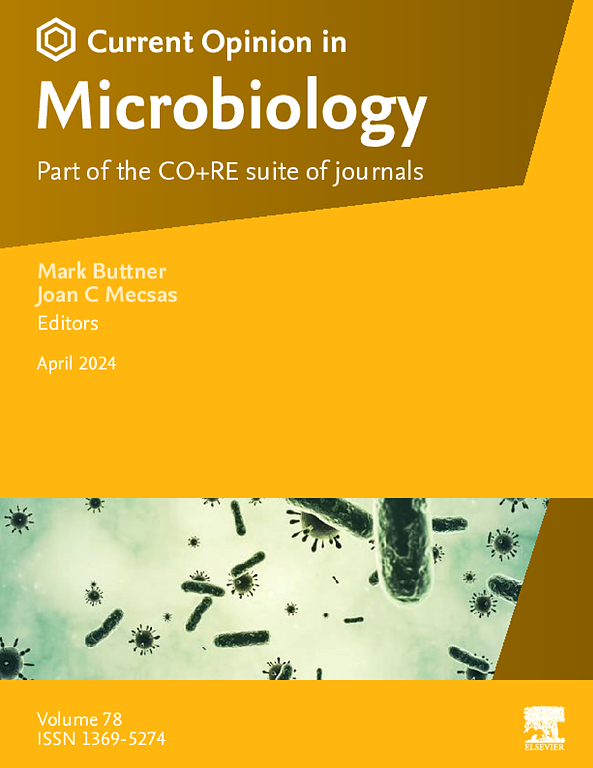研究媒介传播的着丝体感染的皮肤模型
IF 7.5
2区 生物学
Q1 MICROBIOLOGY
引用次数: 0
摘要
由利什曼原虫和锥虫引起的着丝体感染对全球健康构成重大挑战,对热带地区的弱势群体造成不成比例的影响。尽管皮肤作为这些寄生虫的入口点和储存库具有关键作用,但对宿主-寄生虫在该界面上相互作用的机制理解仍然有限。生物工程皮肤模型的最新进展,如全层皮肤等效物和皮肤类器官,为体内和体外模型提供了有希望的补充。这些体外系统解决了与可及性、可重复性和解剖学相关性相关的关键挑战,同时可能包含关键的组织成分,包括免疫细胞和血管结构。通过在可定制的复杂程度上复制人类皮肤的复杂结构,它们为寄生虫-宿主相互作用的高分辨率研究提供了强大的平台。此外,通过支持自然媒介传播和模拟不同的生物条件,这些系统为研究寄生虫的发育、组织入侵、传播和免疫动力学开辟了新的途径。本文章由计算机程序翻译,如有差异,请以英文原文为准。
Skin models for studying vector-borne kinetoplastid infections
Kinetoplastid infections, caused by Leishmania and Trypanosoma species, pose significant global health challenges, disproportionally affecting vulnerable populations in tropical regions. Despite the skin’s pivotal role as both an entry point and a reservoir for these parasites, the mechanistic understanding of host–parasite interactions at this interface remains limited.
Recent advancements in bioengineered skin models, such as full thickness skin equivalents and skin organoids, provide a promising complement to in vivo and ex vivo models. These in vitro systems address key challenges related to accessibility, reproducibility, and anatomical relevance, while potentially incorporating key tissue components, including immune cells and vascular structures. By replicating the complex structure of human skin at customizable levels of complexity, they offer powerful platforms for high-resolution studies of parasite–host interactions. Furthermore, by supporting natural vector transmission and enabling the simulation of diverse biological conditions, these systems open new avenues for investigating parasite development, tissue invasion, dissemination and immune dynamics.
求助全文
通过发布文献求助,成功后即可免费获取论文全文。
去求助
来源期刊

Current opinion in microbiology
生物-微生物学
CiteScore
10.00
自引率
0.00%
发文量
114
审稿时长
6-12 weeks
期刊介绍:
Current Opinion in Microbiology is a systematic review journal that aims to provide specialists with a unique and educational platform to keep up-to-date with the expanding volume of information published in the field of microbiology. It consists of 6 issues per year covering the following 11 sections, each of which is reviewed once a year:
Host-microbe interactions: bacteria
Cell regulation
Environmental microbiology
Host-microbe interactions: fungi/parasites/viruses
Antimicrobials
Microbial systems biology
Growth and development: eukaryotes/prokaryotes
 求助内容:
求助内容: 应助结果提醒方式:
应助结果提醒方式:


